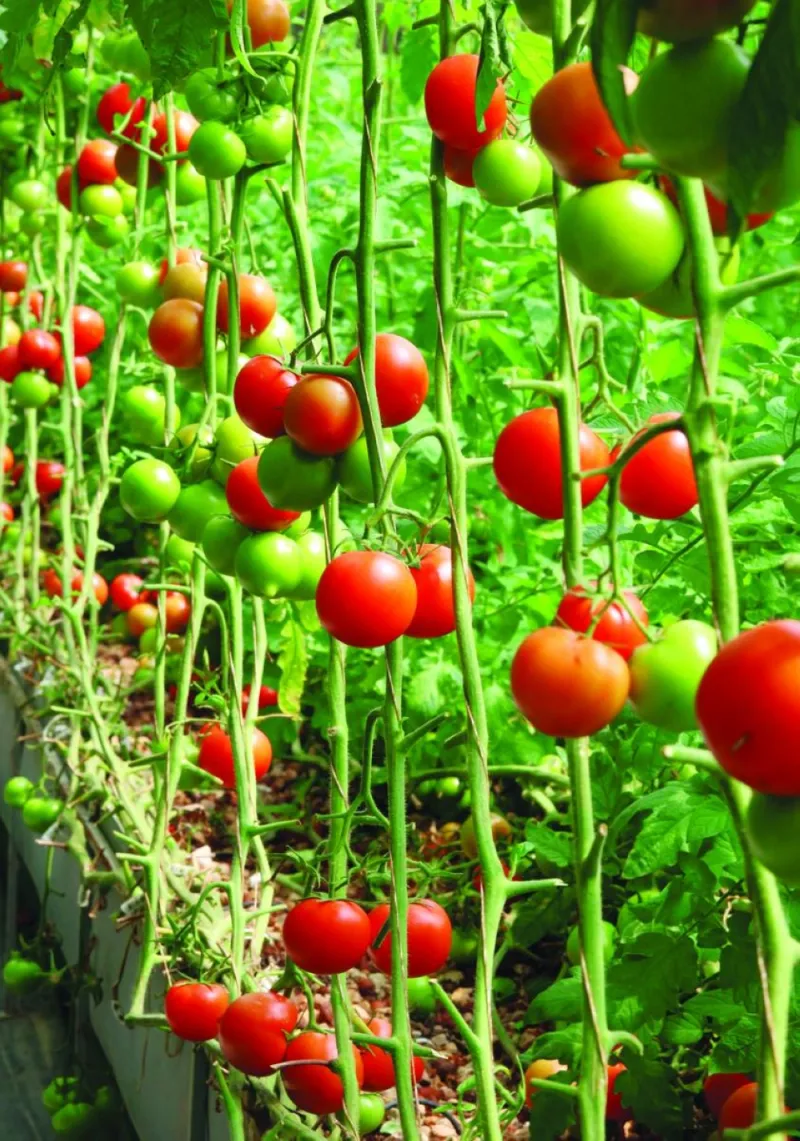Qatar’s food inflation remains low in most part of 2023: World Bank

Qatar’s food inflation remained low in most part of 2023 and was less than 4.5% year-on-year in 10 months of last year up to December, according to the World Bank’s latest food security update
Qatar’s food inflation is also among the lowest in the category of “high income countries”, where it figures.
According to the World Bank, Qatar’s food inflation stood at 0.7% in March 2023.
The country’s food inflation in the remaining part of 2023 were: April (1.4%), May (-2.2%), June (-0.7%), July (1%), August (0.5%), September (1.9%), October (3.7%), November (3.8%) and December (4.5%).
In the seven months from March 2023 to September last year, Qatar’s food inflation donned the green colour code, which denoted it was less than 2%.
From October to December 2023, the colour code was yellow, which denoted the price increase was between 2% and 5%.
World Bank’s data indicate that Qatar performed well in tackling food inflation when compared to neighbouring GCC countries and among high-income countries.
According to the World Bank, domestic food price inflation remains high across the world. Inflation higher than 5% is experienced in 60% of low-income countries (no increase since the last update on March 18, 2024), 63.8% of lower-middle-income countries (no change), 39% of upper-middle-income countries (7.0 percentage points lower), and 27.3% of high-income countries (no change).
In real terms, food price inflation exceeded overall inflation in 58.9% of 168 countries where data is available.
According to the Food and Agriculture Organisation (FAO), there is a pressing need for external food assistance in 45 countries worldwide: 33 in Africa, nine in Asia, two in Latin America and the Caribbean, and one in Europe.
The primary drivers of acute food insecurity in these regions are conflicts in Near East Asia and West and East Africa and widespread dry weather conditions in southern Africa.
The list of countries requiring external assistance can be categorised into three broad, non-mutually exclusive groups: those with exceptional shortfalls in food production and supplies due to factors such as natural disasters, conflict, and supply chain problems; those with widespread lack of access to food due to conflict and economic factors such as low incomes and high food prices; and those with severe food insecurity in some areas due to factors such as refugee influx and crop failures combined with extreme poverty.
The latest FAO monthly report on food price trends reveals a global downturn in the prices of major cereals during February 2024, primarily due to abundant supplies and fierce competition among exporters resulting in decreases in international wheat, maize, and rice prices.
Despite these international declines, domestic staple food prices remained high in many countries, primarily because of factors such as extreme weather events, conflict, insecurity, and currency depreciation. Disruptions in shipping routes, such as in the Panama Canal and the Red Sea, pose further challenges by increasing food import costs, the report said.



